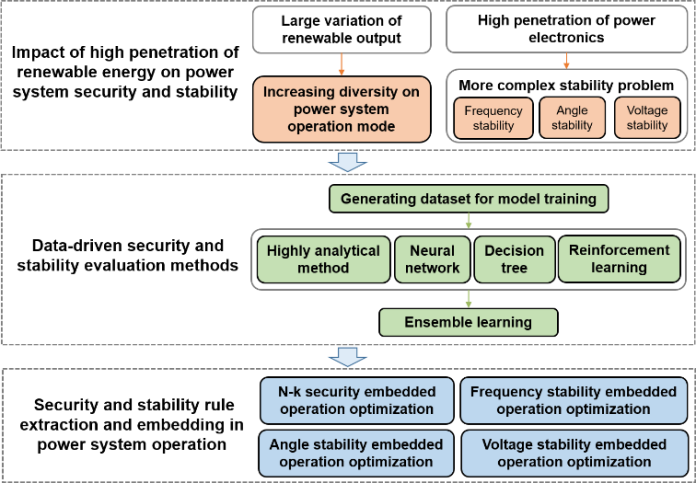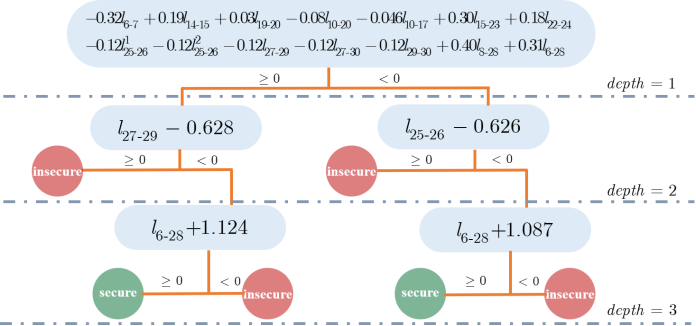recently, the department of electrical engineering and applied electronics (eea) at tsinghua university published an 18-page research paper titled “data-driven security and stability rule in high renewable penetrated power system operation” in “the evolution of smart grids”, a special issue of ieee flagship journal “proceedings of the ieee”. the special issue “the evolution of smart grids” is led by professor kang chongqing of tsinghua university and co-organized with professor timothy c. green from imperial college london and professor daniel s. kirschen from the university of washington. the first author and corresponding author of the paper is associate professor zhang ning from eea.
introduction page of proceedings of the ieee
a key feature of new type power systems is the high penetration of renewable energy sources. high penetration of renewable energy present two challenges for modern power systems: firstly, the diversity of power generation sources introduces significant randomness and uncertainty into grid dispatch and operation, leading to an increased number of operating scenarios, making it difficult to simultaneously ensure long-term and short-term power balance using traditional methods. secondly, the high penetration of renewable energy sources through power electronic devices complicates the safety and stability mechanisms of power systems, posing significant challenges to their secure and stable operation.
in this context, the paper summarizes a set of data-driven rules for power system safety and stability extraction and embedded optimization methods. by simulating a large number of operating scenarios and creating a high-information security and stability dataset, the paper employs interpretable data-driven models to learn rules for power system safety and stability. it delineates analytical boundaries for power system safety and stability. then, through convex linearization or the introduction of binary variables, the high-precision data-driven models are transformed into rules that can be embedded in power system optimization operations, ensuring safe and stable system operation.

frame of the paper
the paper’s research framework begins with an analysis on the impact of high renewable energy integration on power system safety and stability. it highlights the specific effects of high renewable energy integration on issues such as frequency stability, voltage stability, and power angle stability. the paper then reviews data-driven methods for power system safety and stability assessment, focusing on various machine learning methods that can be used to describe power system safety and stability boundaries. finally, it proposes methods for converting various machine learning models into safety and stability constraints that can be embedded in optimization operations. the paper validates these methods through practical power system simulations, demonstrating their ability to enhance power system safety and stability at the operational level.

schematic diagram for extracting safety and stability rules for power systems
in conclusion, the paper highlights two advantages of data-driven methods: their high flexibility, making them suitable for addressing various safety and stability challenges faced by modern power systems, and their seamless integration into existing method frameworks without affecting data models for traditional power system optimization. the paper also envisions four future directions for the proposed methods: exploring more interpretable machine learning models, integrating data-driven models with model-driven approaches, consistently considering system safety and stability in optimization, and ensuring the generalizability of data-driven rules in optimization operations.
group photo of the team
citation information:
ning zhang, hongyang jia, qingchun hou, ziyang zhang, tian xia, xiao cai, jiaxin wang, data-driven security and stability rule in high renewable penetrated power system operation, in proceedings of the ieee, 2022, doi: 10.1109/jproc.2022.3192719..
introduction page of proceedings of the ieee:
https://proceedingsoftheieee.ieee.org/data-driven-security-and-stability-rule-in-high-renewable-penetrated-power-system-operation/








